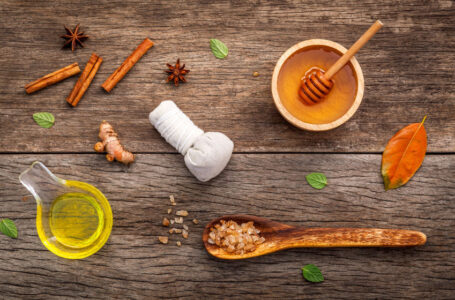DOES ALCOHOL REALLY ‘BURN OFF’ WHILE COOKING?
Many chefs and cooks recommend that a little alcohol is added to some foods to add a bit of flavour and taste to it. It is often said that the alcohol will be burnt off during the cooking. In this article, we look at this often-repeated myth and take a call on whether or not we should be putting alcohol into our food.
Alcohol is used as an ingredient in many foods. In can be added as an ingredient to add a specific flavour, or it can be part of an ingredient such as an extract. Many cookbooks and cooks tell consumers that the alcohol will have ‘burned off’. However, people are now beginning to ask questions of this simple statement. Especially if you’re a person with kids and you don’t yet want them to have alcohol, you may wonder if it actually burns off as easily as they say it does.
Turns out that there has been a study on this. Nutritionists from Washington State University, the University of Idaho and US Department of Agriculture experimented with cooking with alcoholic beverages like wine and sherry.
There is understandably a large amount of variety with the amount of alcohol that gets burned off, but depending on the method, temperature, time and the size of pan, anywhere from 4% to 49% of the original alcohol remained in the dish. Long simmering in a wide pan is the most effective way to burn off all the alcohol in the food. Baking is by far the weakest method to reduce alcohol.
This is because even though alcohol has a lower boiling point than water – around 86 degrees Celsius as opposed to 100 degrees – it takes longer for it to break down into its constituents and reach a non-alcoholic state.
Taste is the most important reason why alcoholic beverages are added to food as part of the ingredients. Alcohol is not added to food for the intoxicating effect it produces. Therefore, even if all the alcohol is burned off in the food, sometimes, a single whiff of alcohol or a taste of a small spot of it could be enough to set off a powerful cue in some people, like a recovering addict.
So it is important that if you plan to put alcohol into your food, you tell the eaters in advance what you plan to do because otherwise, you could be doing a disservice to some of them who are strongly influenced by small amounts of alcohol.
On the other hand, only small amounts of alcohol are generally added to food. In a big pot of spaghetti bolognaise, for instance, which uses a kilo of meat, vegetables and tomato paste, you’re looking at approximately 25 ml of wine left in the whole pot of sauce. So it is less than a single sip of wine in the final portion.
Therefore, while it is most likely not that big a deal, it can become one if one of your eaters has a high addiction potential to alcohol.





